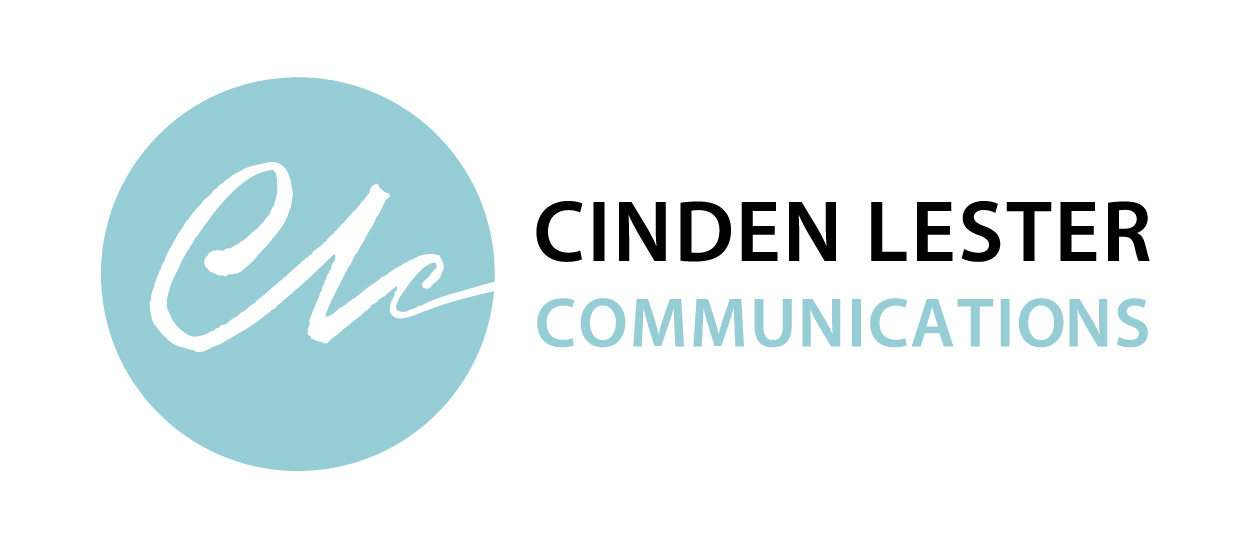
My keyboard has had a real workout over these past couple of months.
Reports, websites, key messages, case studies, guidelines, correspondence, strategies, corporate plans, discussion papers—it’s been busy.
As a writer and communications professional, I’m often asked to help articulate ideas and concepts in clear and meaningful ways.
What’s really struck me lately is how this is about so much more than words—it’s about the thinking behind the words.
But sometimes, as communicators, our contribution here is undervalued. Anyone can write, right? Isn’t it simply a matter of putting one word in front of the other or knowing where the apostrophe goes?
Actually, improving your writing is about much more than having a dictionary handy or using an editing checklist. That helps, of course, but it’s also about critical, clear and creative thinking.
Clearly expressing ideas requires critical thinking—the ability to analyse and evaluate, reflect and reason, reach conclusions and make decisions, conceptualise and imagine.
Creative thinking adds another layer of value through fresh ideas and perspectives.
Thinking and writing are closely connected because our thoughts come into clearer focus through the act of writing them down.
In practice, this means writing projects are just as much about the thinking process as they are about choosing the right words.
Journalist and author, William Wheeler, sums it up nicely in this often-quoted saying: ‘Good writing is clear thinking made visible’.
For effective writing, critical thinking is a must and creative thinking is a bonus.
‘Writing, to me, is simply thinking through my fingers.’
Isaac Asimov
| Cinden Lester has more than 25 years’ experience as a professional writer, editor and communications specialist. She worked as a broadcast journalist, in private sector marketing and public relations, and in government communications before establishing her own Canberra-based communications consultancy in 2000.
Contact Cinden if you’d like help with your communications. |
